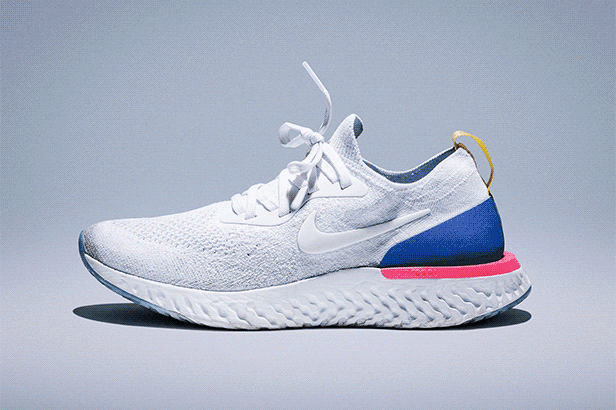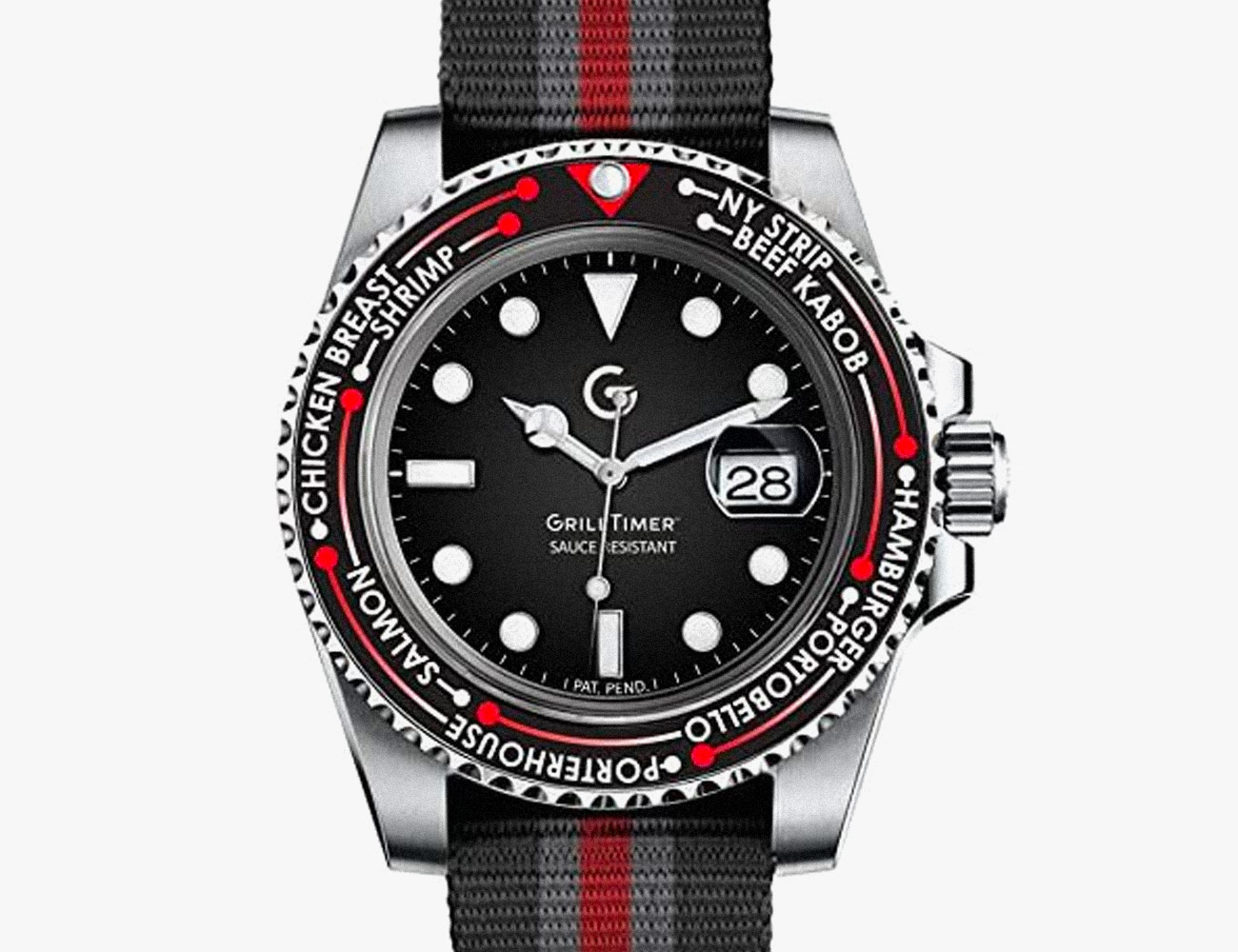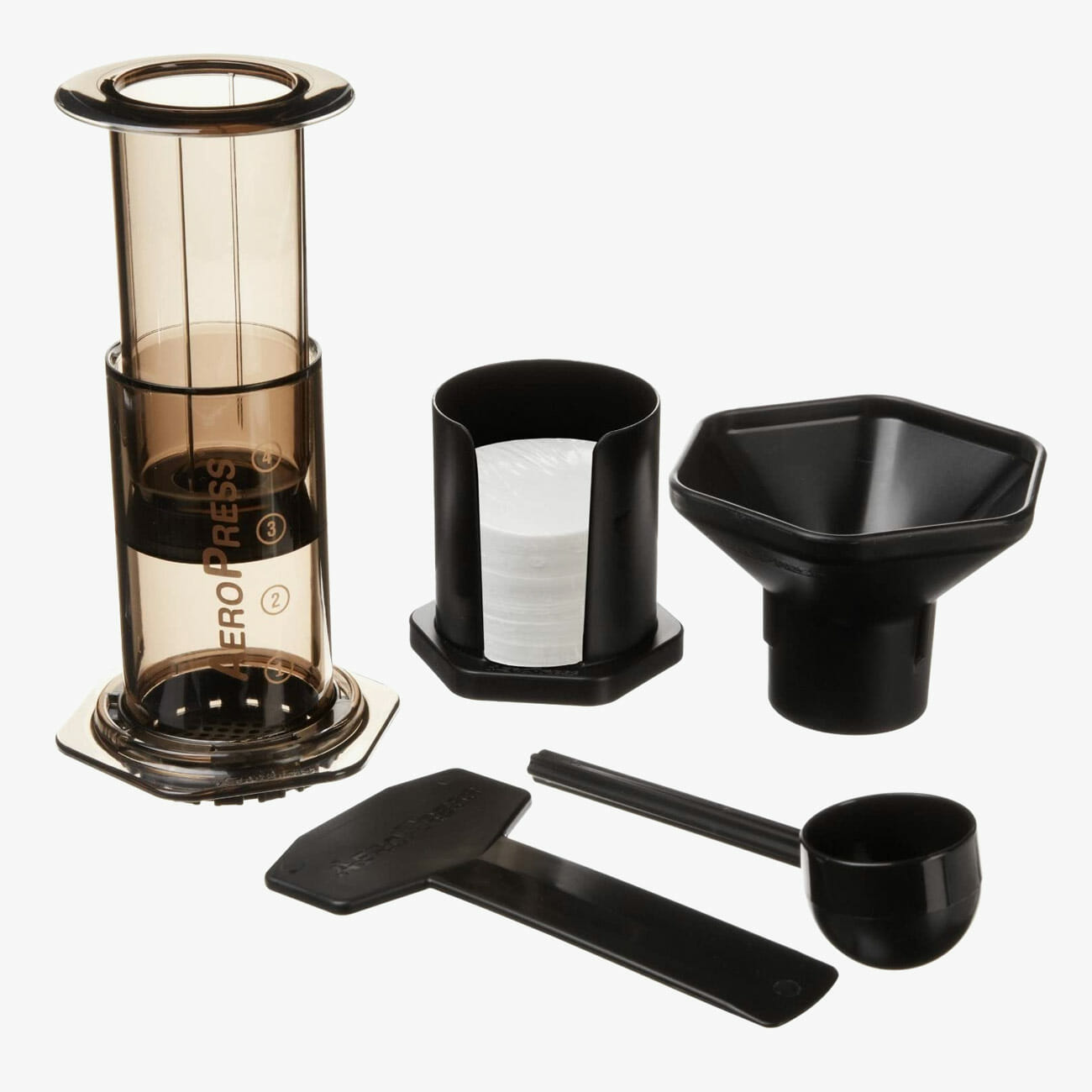I got almost everything I wanted out of Cannondale’s newest model, the SuperX Di2. The bike is very light, very stiff and very stable — but for some, including the aggressive racer I like to pretend I am, it could feel a little too stable.
I rode the SuperX on pavement, along gravel roads, through the mud and across plenty of grassy berms, and through it all, the bike held its own — the excellent part specs and sturdy Cannondale engineering made sure of that. And I know after my testing that if push comes to shove, the bike will happily tackle hours-long off-road jaunts just as well as it tackles your local mud-and-blood cyclocross circuit.
The Good: We’re looking at a longer-than-usual wheelbase here, if only slightly, but any seasoned cyclist can tell you a few millimeters count for a lot when it comes to wheelbase. The longer profile of the bike gives some extra stability through rough and sloppy terrain, much like a longer pair of skis or a longer kayak. It just tracks better and holds a line, even when your confidence would normally waver as you plow through sand, mud or standing water.
The chainstays are kept short on the SuperX to keep the rear wheel under the bulk of a rider’s weight. That helps with traction on bad surfaces, but it also keeps the front end relatively unencumbered with supporting that weight, allowing for more responsive turns than the slack front end might suggest. I should also note that the bike was extremely comfortable thrown on my shoulder thanks to an oblong top tube and its 18-pound total weight; if you race on courses with a lot of run-ups, this factor could make or break the deal for you.
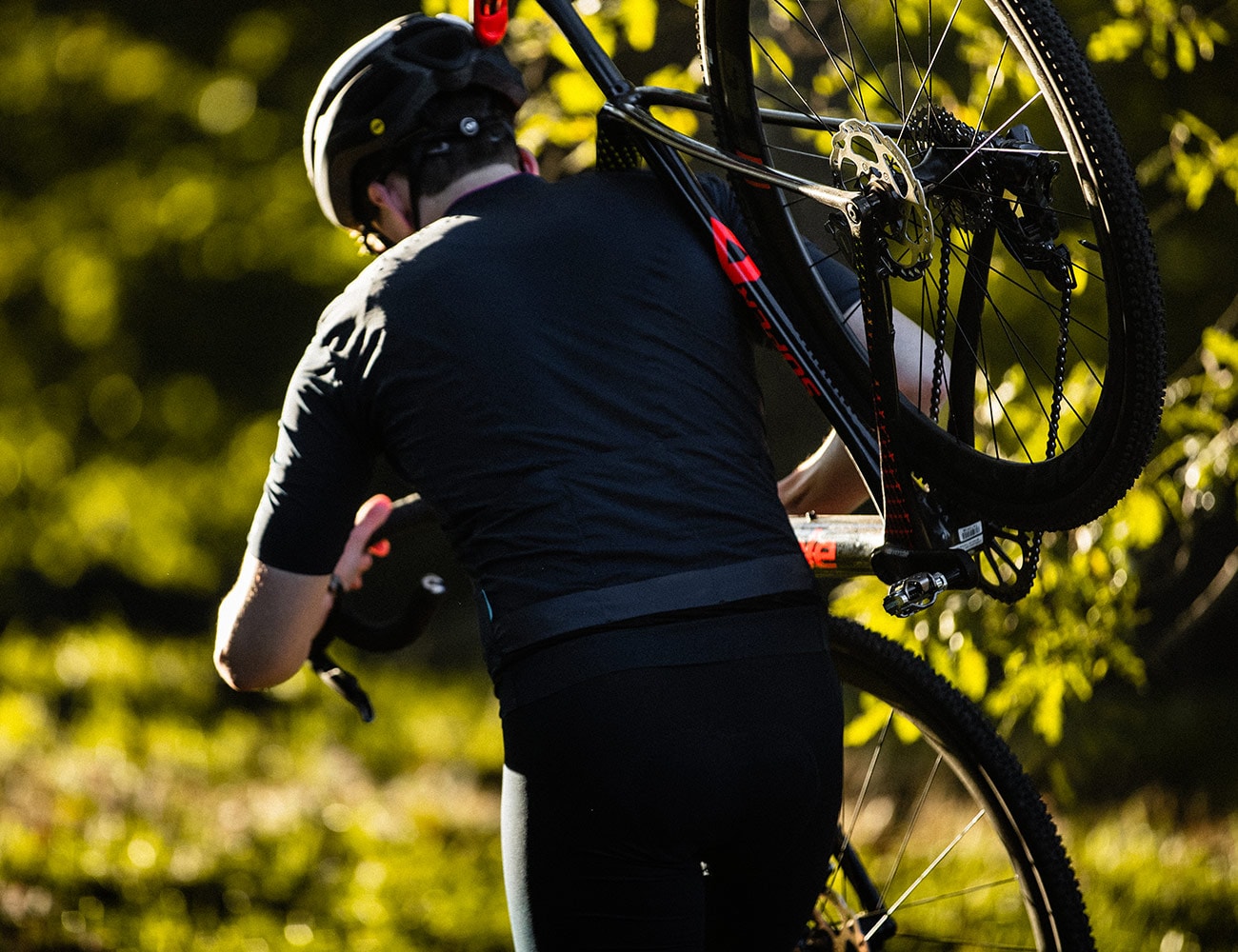
Who It’s For: The SuperX is a racer’s bike, make no bones about it. Like most cyclocross bikes in its price bracket, it comes standard with a high-end drivetrain and shifting system, hydraulic disc brakes and a wheelset that’s worth its weight.
If you want your cyclocross bike to double as a gravel machine or an “adventure” bike, this is really your ticket. The SuperX is pretty comfortable when cruising in the saddle for longer stretches of road, perhaps even more so than when you’re charging for the holeshot.
Watch Out For: You’re not going to be amazed at the racy feel of this bike. It’s not going to twitch under you like a wild horse, faster than all the rest and a little bit dangerous. No, it’s going to feel fairly sober until you’re dancing on the pedals and ripping around corners — which is where this bike shines.
I also want to point out that, although I’m guessing this was due to engineering necessity, the seatpost clamping assembly seems unnecessarily difficult to work with. It’s finicky, difficult to see and work on, prone to slipping, and easy to lose down inside the frame — something other reviewers of the bike have noted as well. At the cost of aesthetics, I’d have loved to see a simpler band-clamp design like what most bikes had a decade ago.
Alternatives: Just about every large bike brand has a range of cyclocross offerings, each with their own brand-specific quirks and quibbles that might get you excited or turn you right off. Ridley’s higher-tier X-Night Disc ($5,600) models are aggressive and racy in both looks and feel, with shorter head tubes and slightly lower overall frame designs. If you’re looking for the most stable ‘cross bike possible, you may be interested in the Specialized CruX ($4,700).
Because bike fit and feel are so subjective — your strong or weak points as a rider can lend to a thousand possible fit configurations or frame geometry schemes — the best ‘cross bike for you is the one you feel good riding. Whenever you have any doubts at all about a bike’s feel, find a way to test ride it before you put money down.
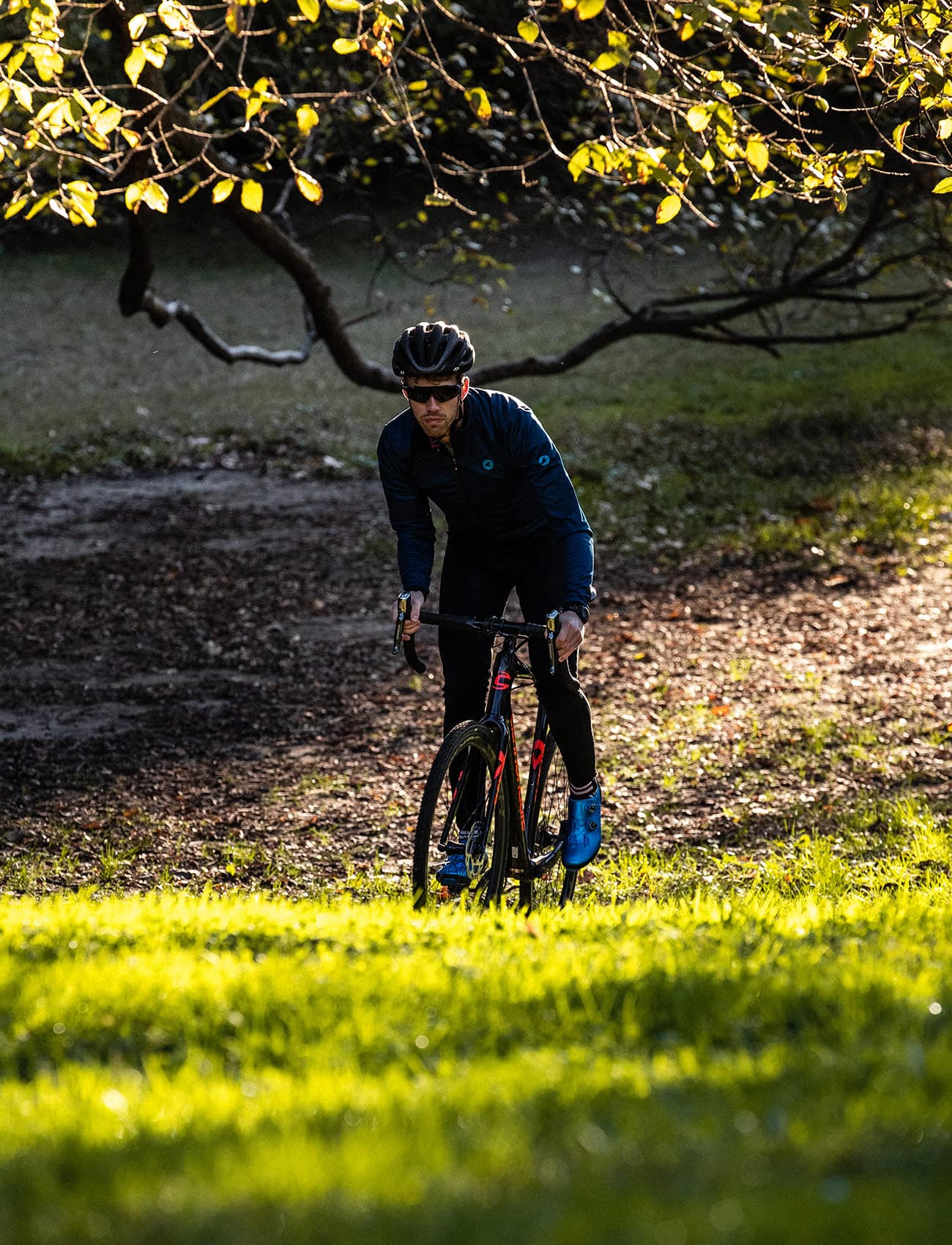
Review: I loved so many things about this bike, particularly how it was kitted out from the beginning. Because the 1×11 Shimano drivetrain has no front derailleur and fewer moving parts in the equation, it delivers a clean shift the instant I hit the button, even while I’m putting serious power to the pedals. That’s more than we can ask from a lot of mid- to high-end mechanical road setups. For what it’s worth, the rear derailleur doing the work on the SuperX (my model, at least) isn’t Dura-Ace; it’s actually an electronic XTR shifter, one meant for mountain bikes. Does this matter? No, it does not. The shifts are smooth and tight, just like you’d expect with any proper Di2 system.
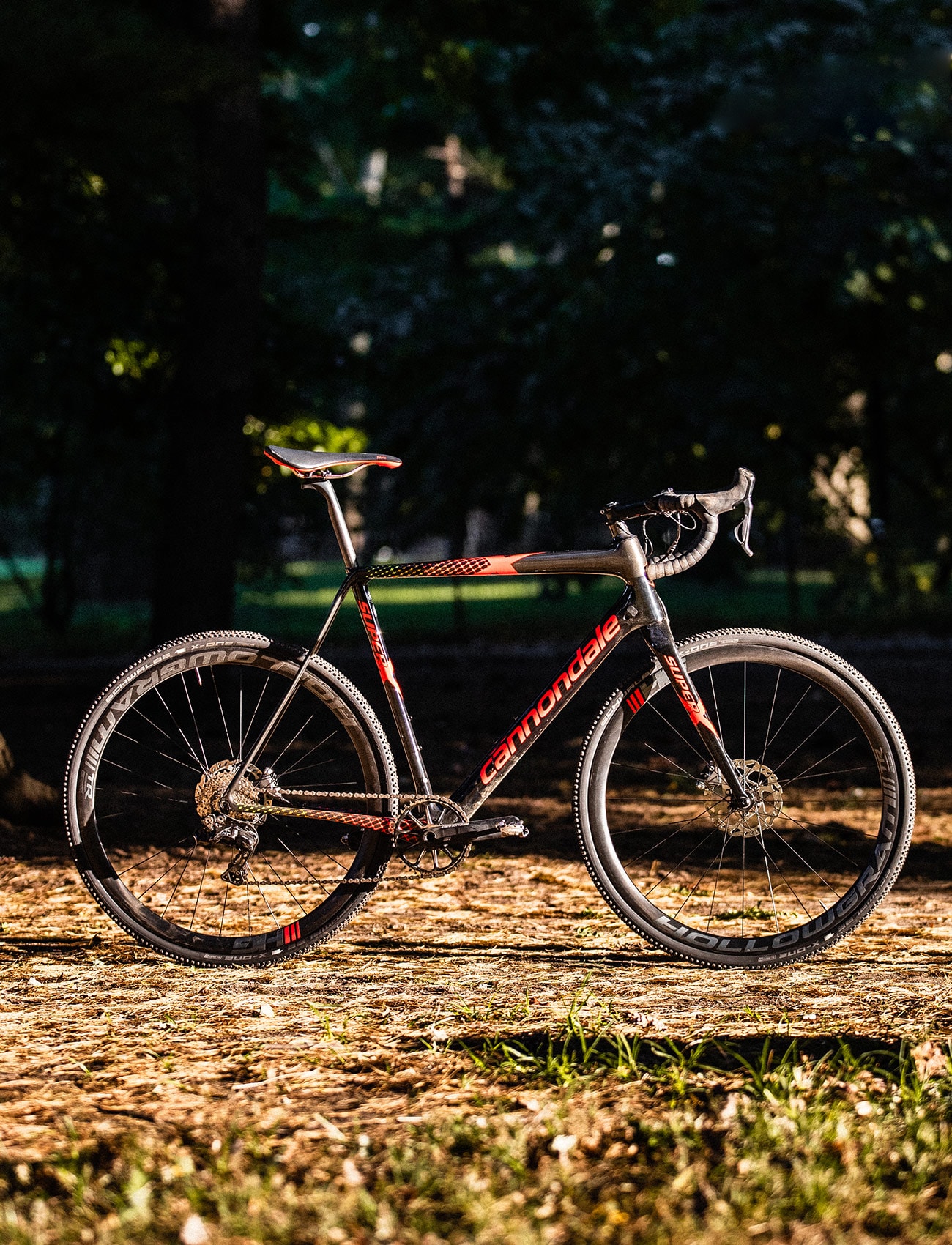
The specific geometry of the SuperX gave me a few advantages in my weeks of testing that I’ve rarely enjoyed before, on a road bike or elsewhere: more ground clearance at the pedals and bottom bracket, a longer wheelbase to keep everything tracking straight and a semi-compact rear end (with fairly short chainstays) for maximal downward force on the rear tire. With a taller head tube than many race-oriented bikes, even within the ‘cross category, the SuperX handles somewhat tamely in the front end and feels more surefooted and confident in the back. The head tube angle is also slightly slacker than what a lot of race bikes will give you, with more fork trail and an overall longer wheelbase — that slows the steering slightly, but adds the stability some riders are looking for. And that lengthened wheelbase is nice if your big damn feet tend to overlap a bike’s front wheel during slow-speed hairpin turns, but if you’re looking for a bike that’s so snappy it scares you, you’re barking up the wrong tree.
The wheels on any bike can change the riding feel like night and day — you might require yours to be sturdy, light-rolling, bomb-proof, aerodynamic or all of the above. And while these carbon HollowGram wheels can spin up fast and climb like a dream, as any race wheels ought to, they can also throw off mud and take hits with the best of them. This might be immaterial to some, but did I mention that they look amazing?
Considering a lot of components like tires and saddles will quickly be switched out by many riders and racers who know exactly what they want from their bikes, I admired what came standard on this model. Solid tire traction (thanks to those toothy Schwalbe X-One tires) complimented those great wheels, and everything built onto the bike worked in concert way better than some of the cobbled-together bikes I’ve sampled before. It’s greater than the sum of its parts, and I loved it bone-stock — that’s a high compliment to give any new bike.
Verdict: The SuperX offers an incredible bundle of lightweight performance and smart-spec parts for its MSRP, and you’re getting a true gem of a frame that’s worth upgrading and maintaining year after year. Although the frame’s geometry struck me as taciturn when I first climbed on, the bike’s stability saved my ass too many times to count when I opted for some risky moves. And, well, what defines the sport of cyclocross more than that? Get out there. Take some risks. Get across the finish line in one piece. And keep coming back for more, just like the bike that carried you.
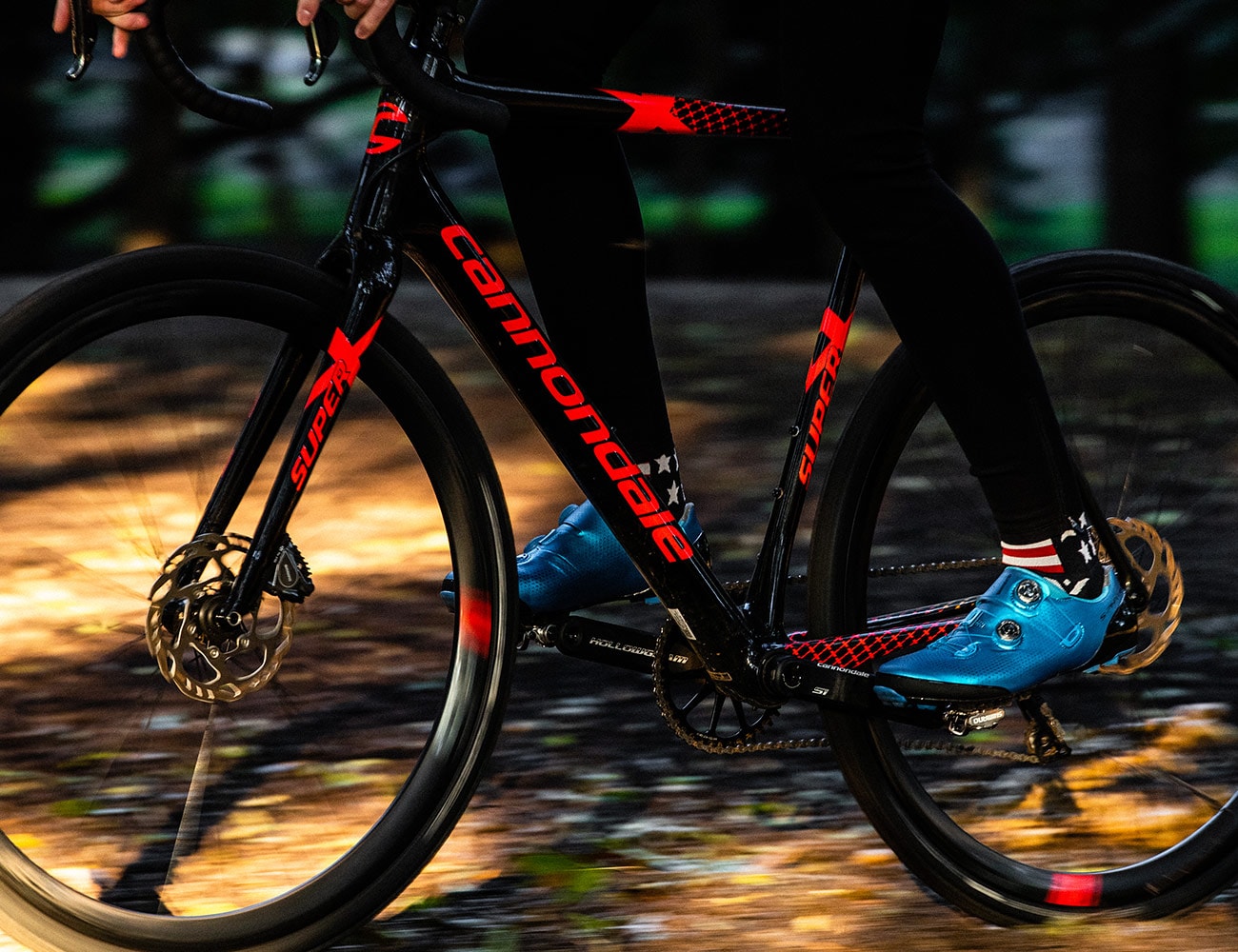
What Others Are Saying:
• “I’d sum the Cannondale SuperX up as a light, capable race bike that excels on fast courses and could easily double as your year-round gravel bike.” – Tyler Benedict, BikeRumor.com
• “I was pretty excited initially by the long front-center dimension of the SuperX. But after a few rides, I was questioning the execution — the 71-degree head tube angle is quite slack for a ‘cross bike, and it was noticeable.” – Thomas McDaniel, Bike Radar
• “Stable is the word I’d use to describe it. At low speeds the steering was light and it was easy to carve around tight corners, but at higher speeds the bike wanted to take a steady line. This was good for mid-corner confidence but it felt like it took a little more effort to pop the bike up and onto alternate lines on the trail when descending.” – Lee Slone, Cyclocross Magazine
Key Specs (as tested)
Frame: BallisTec Carbon
Shifting: Shimano Di2
Drivetrain: 1×11 orientation, 40t chainring
Rear cogs: Shimano 105, 11-32, 11-speed
Wheels: 35mm Cannondale HollowGram carbon clincher rims, tubeless-ready
Saddle: Cannondale Scoop Shallow Race
Crank: Cannondale HollowGram Si
Handlebars/stem: Cannondale C1 Ultralight 7050 alloy
Seatpost: Cannondale SAVE carbon
Brakes: Shimano RS805 hydro disc, 160/160mm
Brake levers: Shimano R785 Di2 hydro disc
Tires: Schwalbe X-ONE folding-type clinchers
Cannondale provided this bike for testing. Also provided for this shoot: Jersey, bib shorts and pedals from Shimano, shoes and bib tights from Shimano S-PHYRE.
Hot takes and in-depth reviews on noteworthy, relevant and interesting products. Read the Story


